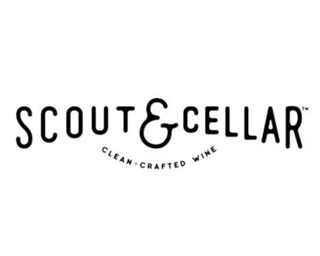The Sunshine Vitamin
June 12, 2023Vitamin D is often called the sunshine vitamin as we need it produce it in our bodies with the help of the sun. As we can start to go outdoors more with the summer months, we start to gain some of the benefits. 
People need Vitamin D from both nature and food. When our skin is exposed to the sun, a substance called 7-dehydrocholesterol absorbs UV B radiation and uses it to convert it to Vitamin D3. So temperature and geography of where you live can impact your Vitamin D level. Study results vary, but we need about 15 minutes of daily sun exposure to absorb the amount we need.
Vitamin D plays an important role in regulating calcium and phosphate metabolism for maintenance of metabolic functions and for bone health.
How much we need varies by age, gender, and lifestage:
| Age | Male | Female | Pregnancy | Lactation |
| 0-12 months* | 10 mcg (400 IU) | 10 mcg (400 IU) | ||
| 1-13 years | 15 mcg (600 IU) | 15 mcg (600 IU) | 15 mcg (600 IU) | 15 mcg (600 IU) |
| 14-18 years | 15 mcg (600 IU) | 15 mcg (600 IU) | 15 mcg (600 IU) | 15 mcg (600 IU) |
| 19-50 years | 15 mcg (600 IU) | 15 mcg (600 IU) | 15 mcg (600 IU) | 15 mcg (600 IU) |
| 51 – 70 years | 15 mcg (600 IU) | 15 mcg (600 IU) | ||
| >70 years | 20 mcg (800 IU) | 20 mcg (800 IU) |
*Adequate Intake (AI)
Food and Vitamin D
We can also get Vitamin D through foods. Let’s take a look of some high Vitamin D foods to know about.

Salmon and Rainbow Trout
3 oz of cooked sockeye salmon or rainbow trout = 570 IU depending on the type of fish.
Mushrooms
1/2 cup raw white mushrooms = 400 IU
Sardines
One can of sardines in oil offers 178 IU of the vitamin
Orange Juice
8 fl oz of orange juice = 100 IU
Tuna
3 oz packaged tuna = 86 IU
Eggs
Two egg yolks contain roughly 65 IU
Fish are valuable sources. If you are a vegetarian, then you need to rely on plant based sources. To understand the Vitamin D level in your body, the best way is through a blood test ordered by your doctor. A registered dietitian can also help learn and understand ways to increase your Vitamin D levels.





